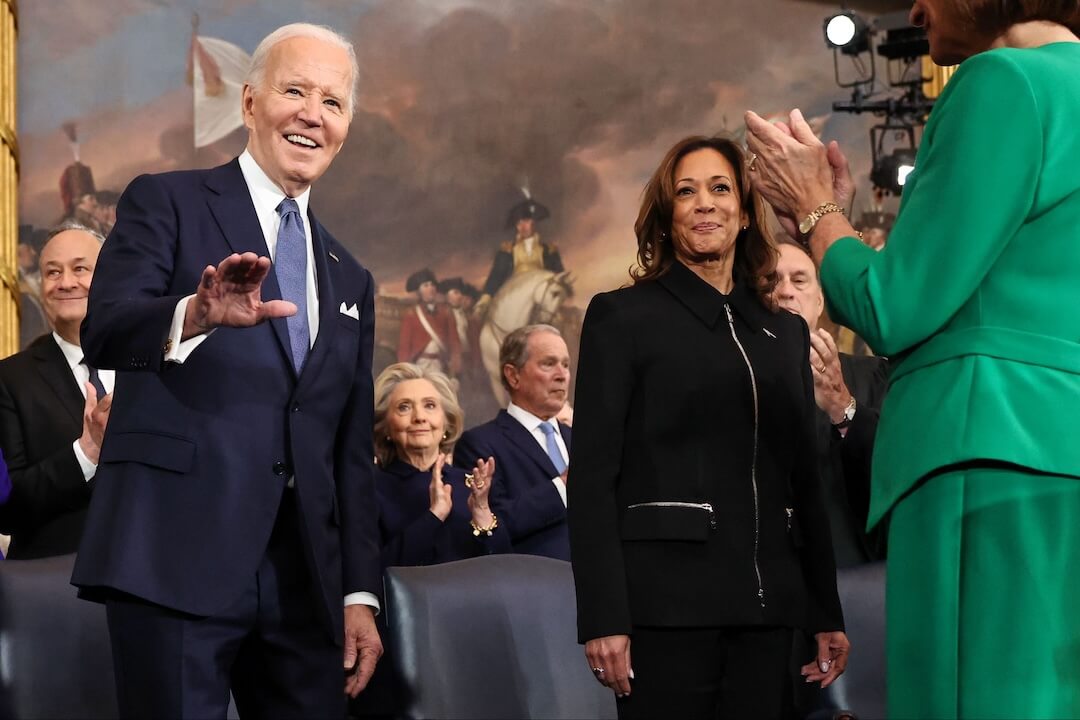First, it was imposter tweets. Now, someone is making fake screenshots of a Miami Herald story about school threats following last week’s mass shooting.
Monique O. Madan first noticed them on Monday. One parent reached out asking if W.R. Thomas Middle School in Miami-Dade County was actually under threat, which she saw in a story bearing Madan’s byline.
Thinking it was an isolated incident, she said no and moved on.
“I said, ‘This is false,’” the Herald breaking news reporter told Poynter. “I didn’t bother tweeting about it until my phone started ringing.”
Soon, Madan had a barrage of tweets, voicemails, messages and emails from parents and students asking her if the rumor was true. The story was circulating in a screenshot of a doctored Herald story about an increase in school threats following last week’s mass shooting at a high school in Parkland, Florida.
That’s when she started to pay attention.
“It’s very concerning. I received calls from dozens of parents begging, ‘Please answer me: Is this threat real or not? I’m scared to take my kid to school,’” said Madan, who tweeted a debunk of the screenshots on Tuesday morning. “It was crazy to hear that — to think someone went out and did that.”
These are FAKE screenshots regarding @WRTTIGERS. If you have doubts about the legitimacy of a headline, go directly to our @MiamiHerald site. Reminder: @MiamiDadePD + @MDCPS are making arrests in cases like these. Here’s the real story: https://t.co/fLyCf6du8V pic.twitter.com/QDh1vczvKI
— Monique O. Madan (@MoniqueOMadan) February 20, 2018
The doctored screenshots — which appear to have spread on Snapchat, a platform that had previously seen virtually no fake news — are the latest example of misinformation that has plagued social media since 17 were killed and several injured at Marjory Stoneman Douglas High School.
BuzzFeed News doggedly cataloged hoaxes that went viral right after the shooting, several of which misidentified the shooter. This week, conspiracy theories about MSDHS students advocating for gun reform took off, some falsely labeling them as “crisis actors.” There are even fake GoFundMe campaigns for the victims.
And a handful of the hoaxes have taken aim at Herald reporters covering the shooting.
Shortly after the shooting last week, Alex Harris started reaching out to victims on Twitter — a common journalistic practice to learn more about a tragedy. As Poynter previously reported, a couple of doctored tweets, which assumed her identity and substituted her original text with fake requests, went viral.
Within an hour, the Herald reporter faced a barrage of harassment online. It was the first time several misinformation experts had seen fake tweets used to target local journalists as they reported a breaking news story. And it made it harder for the Herald to actually cover the shooting.
There are 2 fake tweets circulating today attributed to me. They are doctored versions of tweets I sent while trying to tell the stories of victims and survivors — important stories that need to be heard. I did not ask if the shooter was white nor ask for photos of dead bodies.
— Alex Harris (@harrisalexc) February 15, 2018
In many ways, the doctored screenshots of Madan’s original story are a continuation of that fakery. They bear both her byline and the Herald’s masthead, as well as made-up quotes from the WR Thomas interim principal and a local school official about an FBI investigation and top suspects. They even go so far as to provide two potential dates for the attack.
“As soon as I saw my name with quote marks around it I already knew the article was not real,” WRTMS Principal Wendy Barnett told the Herald on Wednesday. “But the kids didn’t know that. They were worried.”
To Madan, the specificity was alarming. She reported it to the police, who told her that they’d debunked similar hoaxes — some even morphing tweets from Miami-Dade Schools into bogus school closing announcements on Snapchat. Madan reported last Friday that threats had skyrocketed from one per week to more than 50 in a single day.
Poynter reached out to the Miami-Dade County Schools Police but had not heard back as of publication.
In our previous story on the doctored tweets, Claire Wardle, a research fellow at the Shorenstein Center at Harvard's Kennedy School of Government, told Poynter in an email that she’d never seen anything like it before.
As for the fake screenshots, they’re a bad case of misinformation from a familiar playbook.
“This is a horrible case of 'imposter content,’” Wardle, who also leads First Draft, told Poynter in an email. “Imposter content is so powerful because when we're bombarded with information, our brain seeks our heuristics (mental shortcuts which help us make sense of information). So if you see the Miami Herald logo, and the name of a real Miami Herald reporter, you are obviously much more likely to trust the information.”
But this is the first time Wardle said she’s seen the tactic used for breaking news in the U.S.
“Partners we have in the Philippines, etc., have complained to us before about the challenges of having their logo or bylines used without their permission to sell products,” she said. “Imposter content is a real problem globally, but I haven't seen it used in this way in the U.S. during a breaking news event.”
When coupled with Harris’ doctored tweets, Madan said the effort to seemingly delegitimize the Herald seems to be evolving. She’s worried about her credibility as a reporter.
“If I wasn’t a journalist, I maybe would have thought it was real,” Madan said. “I felt vandalized, I felt exploited, I felt like my credibility was on the line. Nothing has happened like that before.”
Wardle said the hoaxers’ use of screenshots instead of bogus links to spread misinformation is deliberate — it’s the most effective way to cover their tracks and reach people without spending time doing things like registering a website. And they’re doing it to create fear.
“Naming actual schools and dates is a way of taking generalized threats and making them appear much more real. Using screenshots means that you don't have to hope anyone will click through to a link — it's there, already open on people's screens,” she said. “It’s also easier to say afterward that you can't remember where you got the screenshot.”
On Wednesday, Madan published a story on how people can spot and question viral rumors by themselves, which she said her editors saw as a crucial need following the doctored screenshots. Among the tips she included are: find the source, see if it’s a screenshot, contact your school directly, call the police and avoid sharing anything you doubt.
It’s unclear how effective guides like that are at stemming the tide of misinformation on social media. But Madan said local journalists have to respond — because hoaxes like that make it harder for them to actually do their jobs.
“We work really hard to write dependable, reliable articles that people turn to,” she said. “To have a situation like that, who knows if they won’t trust the Miami Herald?”







